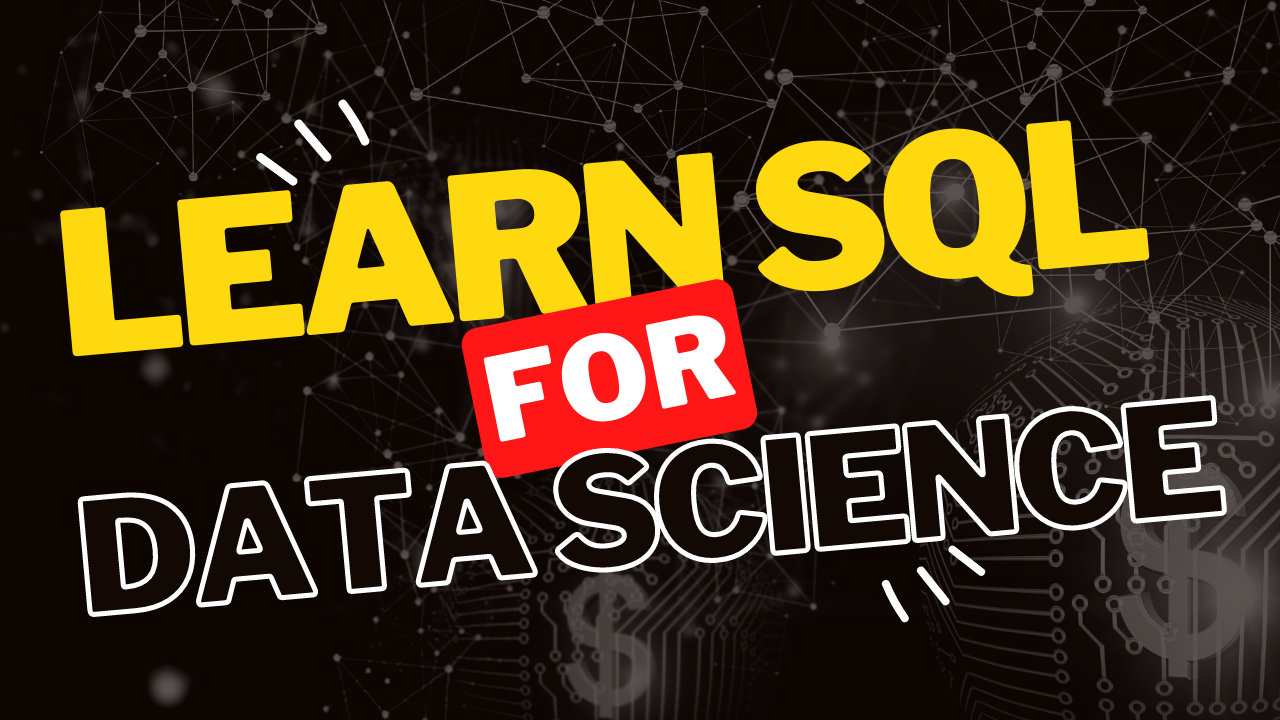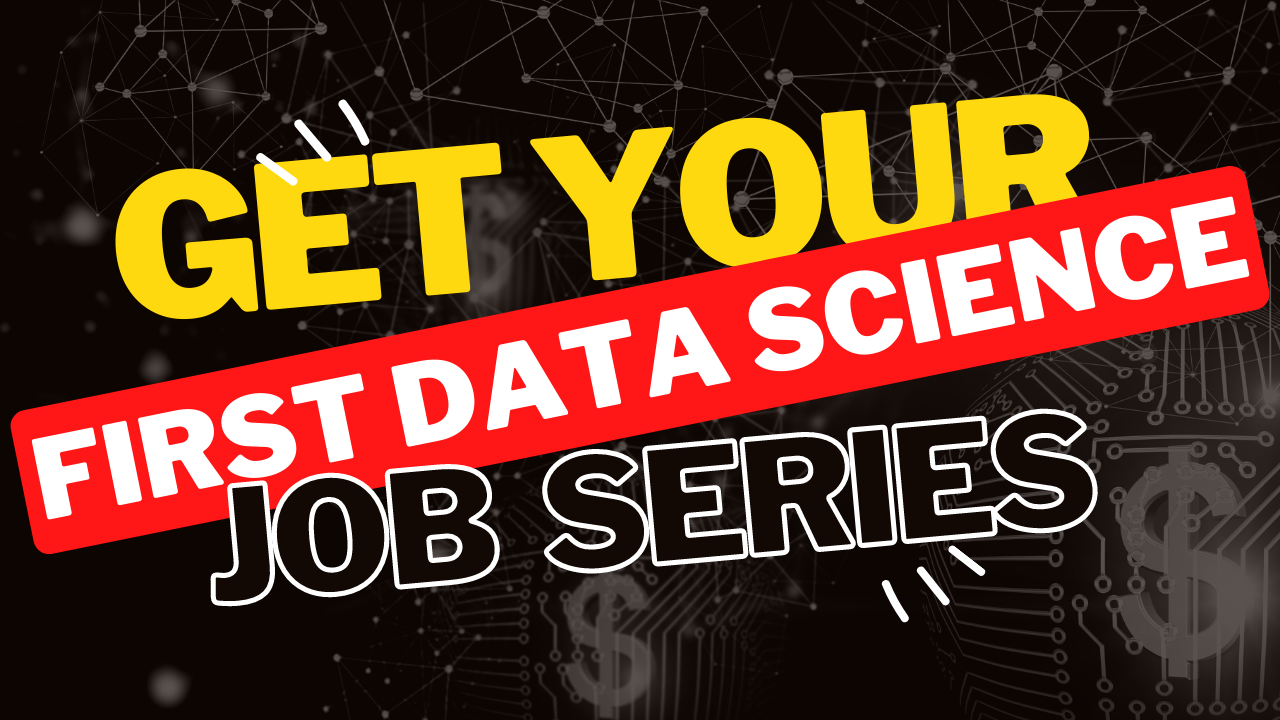-
Mohammad Arshad
Master Excel for Business
Lifetime accessBeginner8 lessons1 quiz112 studentsExcel for Data Science is a course that teaches students how to use Microsoft Excel…$100.00$9.99 -
Mohammad Arshad
SQL for Data Science
Lifetime accessBeginner7 lessons0 quizzes8 studentsSQL for Data Science is a course that teaches students how to use the Structured…$100.00$19.99 -
Mohammad Arshad
Power BI
Lifetime accessAll levels8 lessons1 quiz112 studentsWhat you'll learn At the end of this course, students will be able to analyze…$100.00$19.99 -
Mohammad Arshad
Get your First Data Science Job Series
Lifetime accessBeginner3 lessons0 quizzes20 studentsOur data science webinar series is designed to provide an introduction to the field of…Free
A data science course typically covers a range of topics, including:
Statistics and probability: These are fundamental concepts for understanding and analyzing data. You will learn about different statistical measures, such as mean, median, mode, and standard deviation, as well as probability concepts like random variables, distributions, and hypothesis testing.
Data exploration and visualization: You will learn how to explore and understand data using tools like graphs, charts, and plots. You will also learn how to use visualization software like Python’s Matplotlib and Seaborn libraries.
Data manipulation and cleaning: Raw data is often messy and needs to be cleaned and transformed before it can be analyzed. You will learn how to use tools like Pandas, a powerful data manipulation library in Python, to clean, transform, and prepare data for analysis.
Machine learning: This is a subfield of artificial intelligence that involves training algorithms to make predictions or decisions based on data. You will learn about different types of machine learning algorithms, such as supervised learning (e.g. regression, classification) and unsupervised learning (e.g. clustering), and how to implement them using tools like scikit-learn.
Data communication and presentation: As a data scientist, you will need to be able to communicate your findings and insights effectively to a variety of audiences. You will learn how to use data visualization techniques to present data in a clear and compelling way, as well as how to write clear and concise reports.




